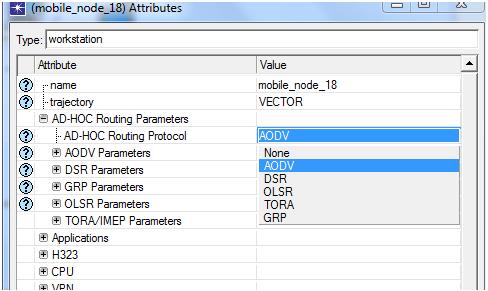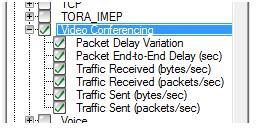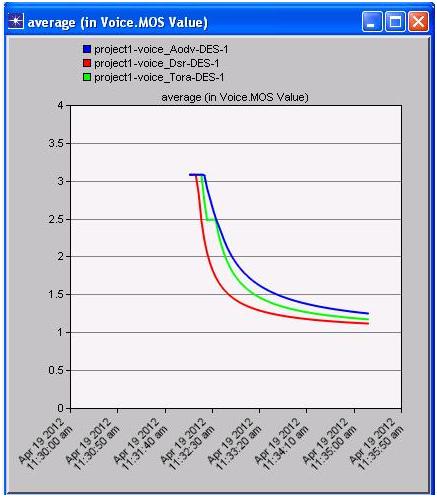Introduction to Storage Area Networks Seminar Topic:
Presently, in many organisations the storage capacity is increasing in a very big rate. Network storage solutions are the one which can cure this state and provide a flexible connecting storage. There are three storage technologies available i) DAS ii) SAN iii) NAS.
In Direct Attached Storage, the Data is stored in hard disk which is attached to the individual server. The data stored in the individual servers cannot be accessed when the server fails. Storage Area Network is a Network dedicated for storage devices. Additional Storage devices can also be attached to this network. Network Attached Storage is a local area network the data stored in the individual system connected to the LAN can be accessed.
Fibre Channel interface are used in Storage Area Network for Enterprise class storage arrays. With internal connection many modest priced storage array are available. Storage Arrays are the Logical unit for the host servers appears as a disk volume. Many number of external Fibre channel interface are available in Storage arrays in order to connect the host to the disk. Storage array controllers also provide features such as snapshots, clones, mirroring.
Centralised Backup System is linked to SAN to allow operational features in backup and restore operations. Present backup systems are different, complex and very difficult to manage. The growth of internet, email, personal devices and integrated business made the data growth and there is a need to store and retrieve them.
As the Value of each data varies, Data Categorisation Strategy method is used to categorise the data into High criticality, Medium criticality, Low criticality and some time Mission critical/continuously available.
Reduced hardware costs, Reduced manage storage, Increased productivity, 24hours availability are some of the benefits of the Storage Area Network. But Installation and the configuration of this network is very difficult and time consuming one.
Download Seminar on Storage Area Networks .





